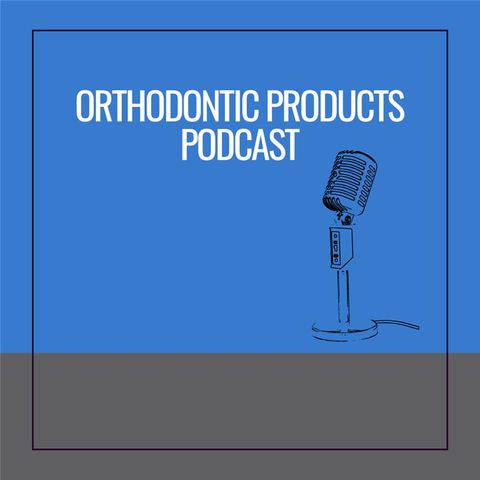Direct 3D-Printed Aligners Redefine Treatment Possibilities A Deep Dive with Dr Ki Beom Kim

Regístrate gratis
Escucha este episodio y muchos más. ¡Disfruta de los mejores podcasts en Spreaker!
Descarga y escucha en cualquier lugar
Descarga tus episodios favoritos y disfrútalos, ¡dondequiera que estés! Regístrate o inicia sesión ahora para acceder a la escucha sin conexión.
Descripción
Innovation is rampant in orthodontics—to the point that we’re seeing innovation within innovation. Take 3D printing, for example. The 3D printer alone—just the printer itself—has been revolutionary. It has allowed...
mostra másKim and his colleagues have spent the last 3 years testing the Direct Aligner photopolymer material from the South Korean 3D printing material company Graphy. Their findings were recently published in Progress in Orthodontics. The team found that controlling material dimensions, structure, and properties of aligners directly—compared to thermoforming plastic sheets—has the potential to make the process of tooth movement faster, less wasteful, and more precise.
- “If you have a 3D printer, you can now directly print this aligner without having [a] model, without going through the thermoforming process,” said Kim, adding that, with this new FDA approved material, the in-office lab can skip several steps in the current manufacturing workflow, including cutting out the aligners and polishing before delivery to the patient.
- What’s more, according to Kim, with a direct printed aligner, the clinician can more precisely control the thickness and insert bumps as needed. Kim shared that he and his team found that when the orthodontist can control the thickness they can “control the geometric inside of the aligner.” That, and the ability to add bumps, creates a huge opportunity for the orthodontist because it helps reduce the need for attachments, he said.
- He says it somewhat mimics the behavior of NiTi wire. The difference being that a NiTi wire can be exposed to cold temperature to become more flexible, while this Direct Aligner material becomes totally flexible when placed in warm/hot water. The advantage of this shape memory, according to Kim, is that the patient can maintain the shape—and thus the forces—of the aligner at home. Kim points out that patients remove their aligner up to 10 to 20 times a day to eat. “So think about the plastic deformation” every time they remove the aligner, said Kim. But with this material and some warm water, the shape can be restored. Kim uses the analogy of a deformed plastic Coke bottle. Once it’s deformed, it’s not going back to its original shape. But with this material, he can advise patients to put their aligner in warm water at the end of the day if they notice it’s not tight enough. “It will go back to the original shape so they can maintain [a better fit] every day,” he added.
- “I’m constantly putting .5 mm activations and even 5° rotation per aligner, and then have patients wear [the aligner] just a little bit longer—maybe 2 weeks. Sometimes we go longer,” said Kim, adding that with a standard activation of .25 mm per aligner, to move 1 mm you need four aligners. “But if I can put .5 mm activation per aligner [and] have them wear [it] for 2 weeks, then I need only two aligners.”
Información
| Autor | Medqor |
| Página web | - |
| Etiquetas |
Copyright 2024 - Spreaker Inc. an iHeartMedia Company
